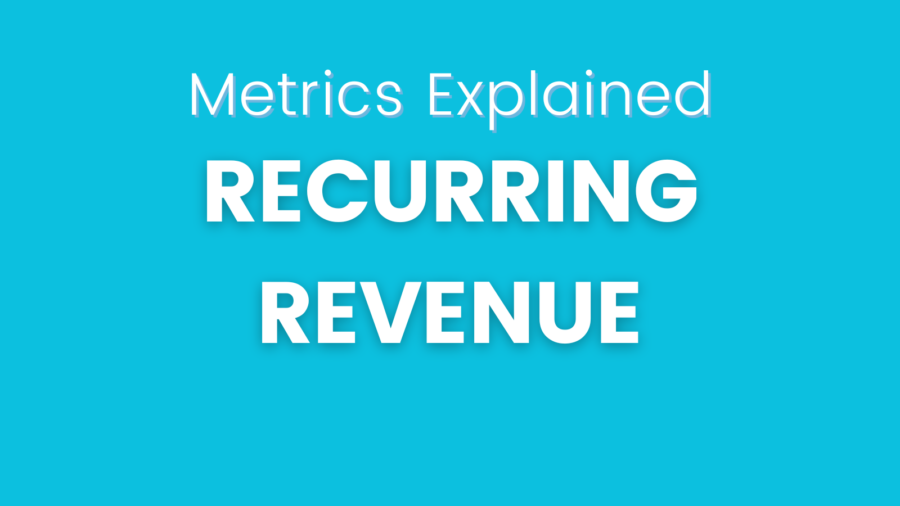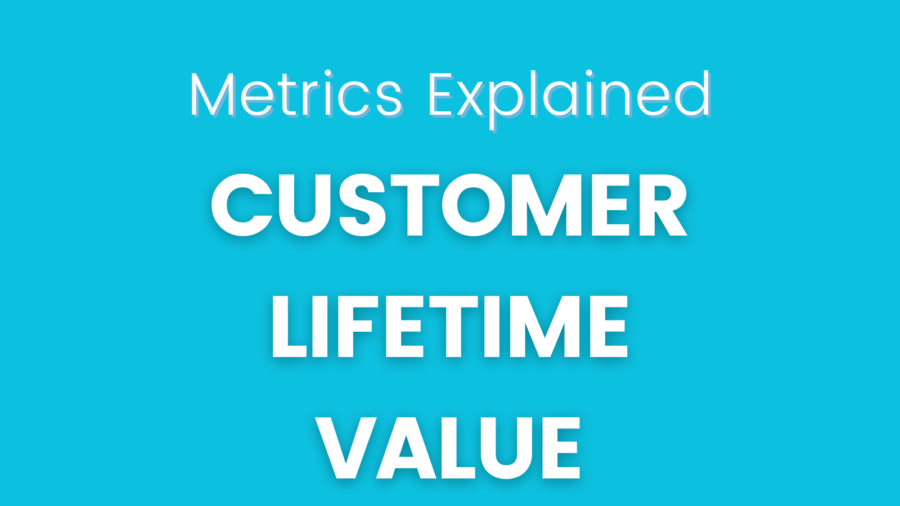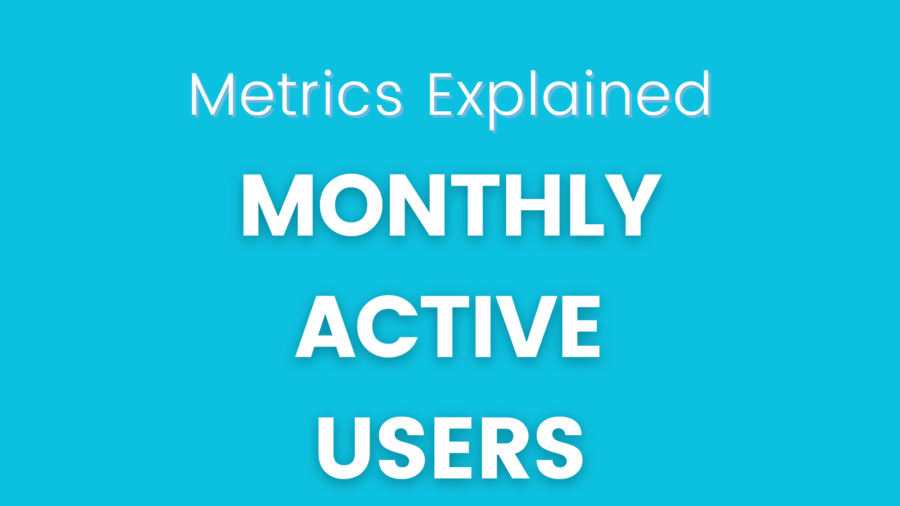As a specialist in product analytics, I am excited to delve into the significance of Retention Rate, a metric that holds utmost importance in understanding user loyalty and the long-term success of a product. This article will explore what Retention Rate signifies, its implications for product performance, and how businesses can leverage this metric to foster growth and enhance user satisfaction.
What is Retention Rate?
Retention Rate represents the percentage of users who continue to engage with a product or service over a specific period. It measures the ability of a product to retain its users after their initial interaction. A high Retention Rate is indicative of user satisfaction, strong value proposition, and compelling user experiences, while a low Retention Rate may signal potential issues that need attention.
For instance, in the context of a subscription-based software platform, the Retention Rate calculates the number of subscribers who renew their subscriptions at the end of each billing cycle. A high Retention Rate suggests that the product meets user expectations, encouraging users to stay committed and continue using it.

Implications for Product Performance
The Retention Rate has significant implications for product performance and business success. A high Retention Rate is not only a measure of customer satisfaction but also an indicator of a product’s competitive advantage. Products that consistently retain their users have the potential to build a loyal customer base, leading to higher customer lifetime value and reduced customer acquisition costs.
On the other hand, a low Retention Rate may signal dissatisfaction or unmet needs among users. It is vital for businesses to identify the reasons behind user churn and address them proactively. Analyzing user behavior, conducting surveys, and gathering feedback can provide valuable insights for product improvements aimed at increasing the Retention Rate.
Calculating Retention Rate
Retention rate is a vital metric in product analytics that measures the percentage of users or customers who continue to engage with a product or service over a specific period. It provides valuable insights into user loyalty, satisfaction, and the effectiveness of your product in retaining customers.
- Define the Time Frame: To calculate the retention rate, first, define the time frame for which you want to measure user retention. This time frame could be a week, month, quarter, or any other period relevant to your product or industry.
- Identify Cohorts: Next, group users based on the time they initially interacted with your product. These groups, known as cohorts, typically consist of users who started using the product during the same time frame, such as the same week or month.
- Gather Data: Collect data on the number of users who belonged to each cohort and the number of users who continued to engage with the product within the defined time frame. This data will be used to calculate the retention rate for each cohort.
- Calculate Retention Rate: To calculate the retention rate, use the following formula:
Retention Rate (%) = (Number of users who retained in the cohort / Total number of users in the cohort) * 100
For example, if you have a cohort of 1,000 users who started using your product in January and, after one month, 700 of them were still actively using the product:
Retention Rate (%) = (700 / 1000) * 100 = 70%
In this example, the retention rate for the cohort that started in January is 70%. This means that 70% of the users who initially engaged with the product during January continued to use it after one month.
Monitoring retention rates over different cohorts and time frames allows businesses to assess customer loyalty, identify trends, and take data-driven actions to improve product features, user experiences, and ultimately enhance user retention and engagement. High retention rates are indicative of a successful product that meets user needs and fosters long-term customer relationships.
Leveraging Retention Rate for Growth
To optimize Retention Rate, product teams must focus on understanding user preferences and pain points. Conducting user onboarding assessments, addressing customer support queries promptly, and continuously iterating based on user feedback are key strategies to enhance user experience and boost Retention Rate.
Businesses can tailor retention strategies to different user groups by segmenting users based on their engagement patterns. For example, a mobile app may observe that a specific demographic has a lower Retention Rate. The app can increase user engagement and retention within that segment by offering personalised incentives or targeted content.
Example Scenario: A Social Media Platform
Let’s consider a social media platform to illustrate the significance of Retention Rate. The platform’s team notices a decline in user activity and wishes to investigate the issue. By analyzing Retention Rate data, they find that a considerable number of users stop using the platform after the first month of registration.
Upon further examination, they discover that new users are overwhelmed by the vast amount of content and have difficulty finding relevant connections. Armed with this insight, the team decided to implement an onboarding tutorial that helps new users navigate the platform and build meaningful connections.
As a result of this improvement, they observe a notable increase in Retention Rate. Users find value in the personalized onboarding experience, leading to improved satisfaction and higher engagement. Consequently, more users continue using the platform beyond the initial period, driving up the overall Retention Rate.
Conclusion
In conclusion, Retention Rate stands as a cornerstone metric in product analytics, representing the level of user loyalty and satisfaction a product commands. A high Retention Rate indicates a successful product that keeps users engaged and committed for the long term. On the other hand, a low Retention Rate warrants attention and calls for proactive efforts to enhance the user experience and address pain points.
As businesses strive to create exceptional products and experiences, Retention Rate serves as a critical guidepost. By continuously analyzing user behavior, gathering feedback, and implementing targeted strategies, businesses can foster user loyalty, reduce churn, and create a virtuous cycle of growth. Embracing Retention Rate as a vital performance indicator empowers organizations to stay aligned with user needs, ensuring sustained success in the ever-evolving landscape of product development.
In today’s competitive landscape, where customer acquisition costs are rising, focusing on Retention Rate can be a game-changer for businesses. A higher Retention Rate not only leads to stronger customer relationships but also opens up opportunities for upselling, cross-selling, and fostering brand advocacy. By placing Retention Rate at the forefront of their product analytics efforts, businesses can pave the way for lasting success and create a loyal customer base that fuels their growth and drives them towards new heights of prosperity.
Check other metrics from our Metrics Explained series.





